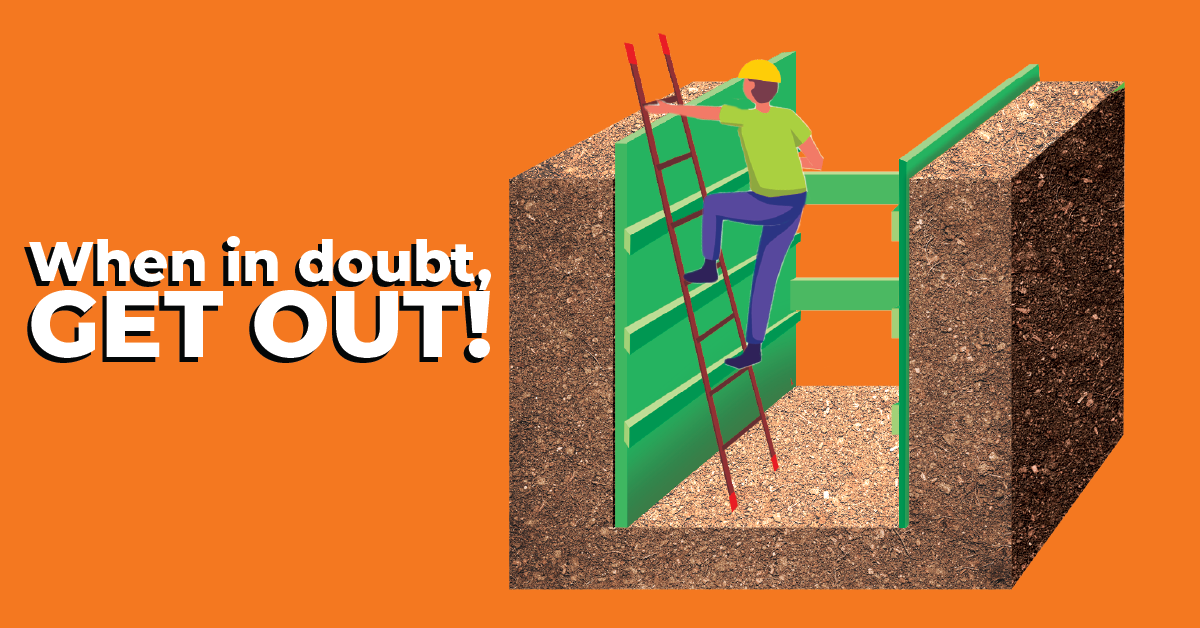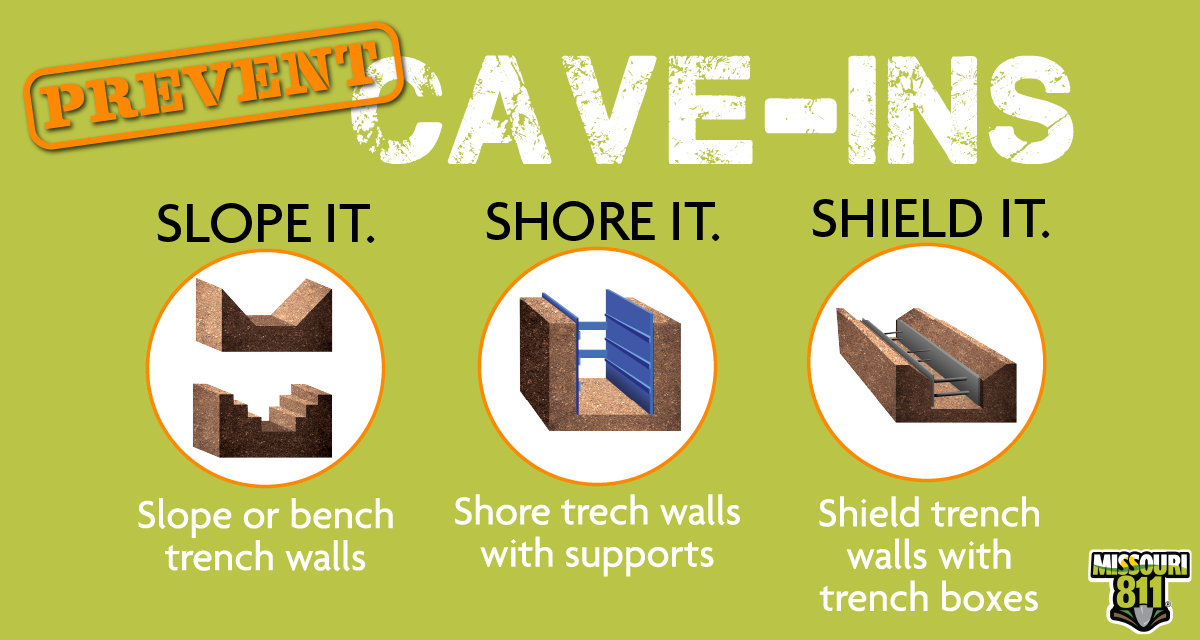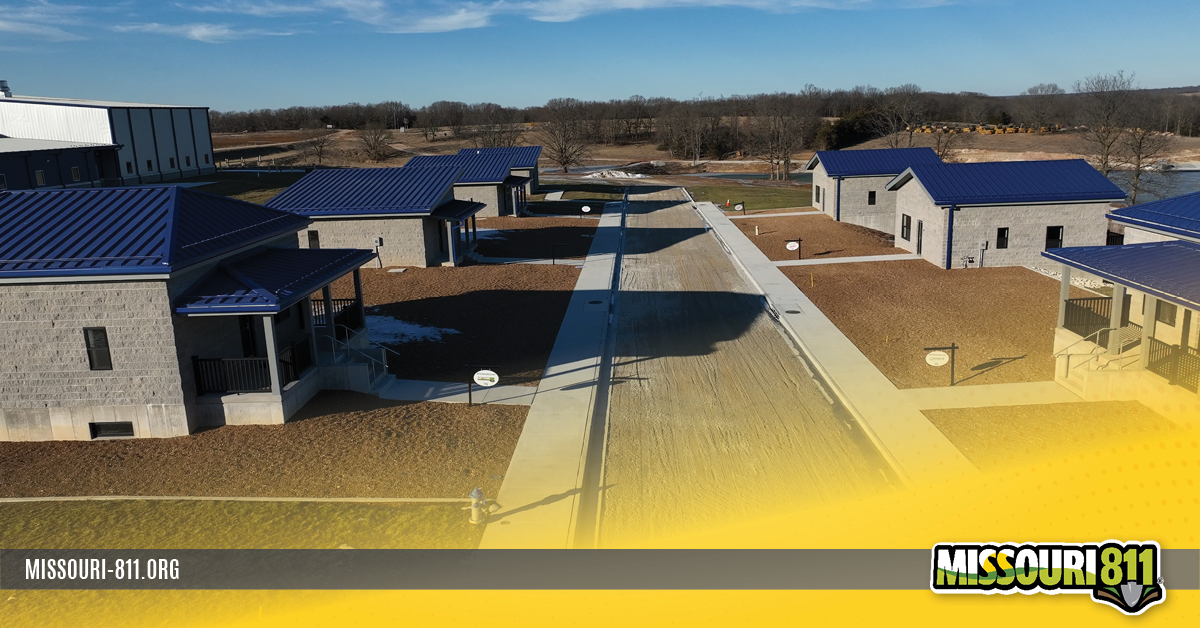Why Trench Safety Matters: What Every Excavator Needs to Know
You may think you know how to dig a trench safely, but trenching is one of the most dangerous construction activities, and safety guidelines are constantly evolving. New equipment, techniques, and regulations mean there's always more to learn to keep yourself and your crew safe on the worksite. As an experienced excavator, it's on you to set an example and instill best practices in everyone under your watch. Lives depend on it. Let’s cover the latest guidelines and technology for shoring, sloping, and shielding trench walls, monitoring for hazardous gasses, ensuring proper access and egress, and more. Trenching may be second nature, but it should never be taken lightly. Your crew is counting on you, so make sure you're up to speed on every aspect of trench safety. Lives are on the line, so there's no room for shortcuts. Are you ready to dig into the details? Let's get started.
Trench Safety Precautions: Protecting Workers
When working in trenches, safety should be your top priority. There are a few precautions every excavator needs to take:
- Properly shore or slope the sides of trenches to prevent cave-ins. Trenches over 5 feet deep require shoring like trench boxes or sloping the sides at a 45-degree angle.
- Provide a way to exit the trench like ladders or ramps placed every 25 feet in the trench. In an emergency, workers need to be able to get out fast.
- Wear proper protective gear including steel-toe boots, reflective vests, hard hats, eyewear, and thick gloves.
- Never enter a trench with standing water or that's been rained on recently. The mud and soil can become unstable and lead to collapse. Wait until the trench dries out.
- Watch out for the signs of a trench collapse like the sides bowing in, soil cracking, or water seeping from the sides. Evacuate the trench immediately if you notice these.
- Ensure underground utilities like gas, electric, cable or water lines have been properly located before digging. Hitting one of these lines can have deadly consequences.
- Provide a trench box or other shielding for workers in the trench. These structures can protect from cave-ins and falling loads.
- Never work alone in a trench. Have at least one other worker on-site to call for help in case of an emergency.

Hazards to Avoid: Collapse, Electrocution, and More
As an excavator, you already know that trenching can be dangerous work. But there are a few hazards you need to keep top of mind every time you're on the job:
- Collapse is a major risk. The walls of a trench can cave in without warning, burying anyone inside. Always slope or shore up trench walls, especially in loose soil. Stay out of the trench during construction when possible.
- Electrocution is another threat. Buried power lines can deliver a lethal, shock even through water, tools, and equipment. Locate all underground utilities before digging and maintain a safe distance. Never assume a line has been de-energized.
- Asphyxiation from hazardous fumes like carbon monoxide can be deadly. Ensure adequate ventilation and monitoring of air quality in trenches, especially those over 4 feet deep. Take breaks in the fresh air and watch for symptoms in yourself and your coworkers.
- Heavy equipment operating around an open trench puts workers at risk of being struck or crushed. Establish a safety zone and use spotters. All equipment should have backup alarms.
Best Practices for Maximum Trench Safety
Plan Ahead
The most important step to trench safety is planning. Before any digging begins, have a comprehensive safety plan in place that addresses all aspects of the work. Think through the entire process from start to finish to identify any potential hazards. Discuss the plan with all workers to ensure everyone understands their roles and responsibilities.
Provide Proper Access and Egress
Make it easy for workers to get in and out of the trench. Provide sturdy ladders or ramps placed every 25 feet in the trench. Ladders should extend at least 36 inches above the top of the trench. This allows workers to quickly exit in an emergency.
Shore, Shield, or Slope
Choose a trench protection method to prevent hazardous cave-ins. Shoring uses uprights and cross braces to support trench walls. Shielding uses pre-made metal or wooden boxes to protect workers. Sloping cuts the walls back at an angle to prevent collapse. The method depends on soil type, depth, duration of work, and available materials.
Monitor and Inspect
Conduct regular inspections of the trench conditions and protection systems in place. Look for signs of potential cave-ins like cracks in the walls or water seepage. Check that ladders and shoring/shielding are undamaged and remain securely in place. No one should enter a trench unless it has been properly inspected and declared safe. Continuous monitoring and re-evaluation of hazards should take place for the duration of the work.
Limit Exposure
The less time workers spend in the trench, the lower the risk of an accident. Rotate workers in and out of the trench regularly to limit exposure. Provide shade and adequate breaks to avoid heat-related illness. Keep heavy machinery and traffic away from the edge of the trench to avoid vibrations that could cause collapse.
Following best practices for trench work and maintaining a safety-first mindset on the job site will help ensure all workers go home safely at the end of the day. Safe trenching requires teamwork, so take the time to train together and look out for one another. Lives depend on it.
Following these best practices can help ensure that you and your crew make it home in one piece at the end of each shift. Trench work is inherently dangerous, but with the proper shoring, sloping, shielding equipment, and training, the risks can be managed. Never cut corners or rush the job. Your life and the lives of your coworkers depend on it. Take your time and do it right – you’ll sleep better at night knowing everyone is as safe as possible in those deep, unstable holes. Stay alert, watch out for each other, and make safety the top priority on every job site. Your loved ones will thank you for it.





